Mark Nicholls visits Cannaregio, one of Venice’s quieter districts, and discovers an artistic surprise.
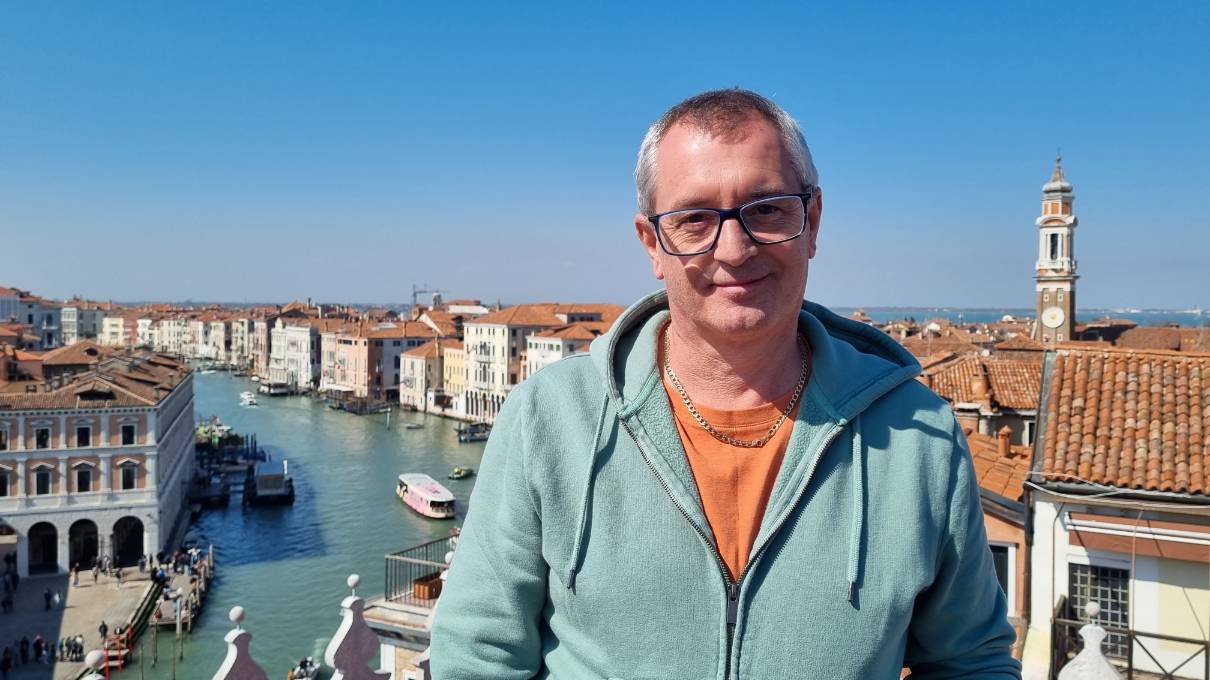
Cannaregio has a special atmosphere. It has all the attributes of Venice with timeless canals, narrow passageways, quaint bridges, and waterborne vessels floating past. Yet it is quieter. Significantly quieter.
After you escape the throngs of Piazza San Marco and leave the main thoroughfares behind, it is a world away, and that is why it is my favourite part of Venice.
This is an area where you’ll find traditional cafes; hidden gems of restaurants; and small craft workshops. You may also even see an adventurous tourist learning to “row like a gondolier” or stand-up paddle boarding in a gentle backwater.
Treasures within
Cannaregio also has beautiful hotels – no, more than that, truly beautiful boutique hotels with secret gardens, and rooms adorned with frescoes and mosaic floors.
These were once the fabulous homes of wealthy merchants, palazzos that have been converted into stylish accommodation away from the hustle and bustle of central Venice.
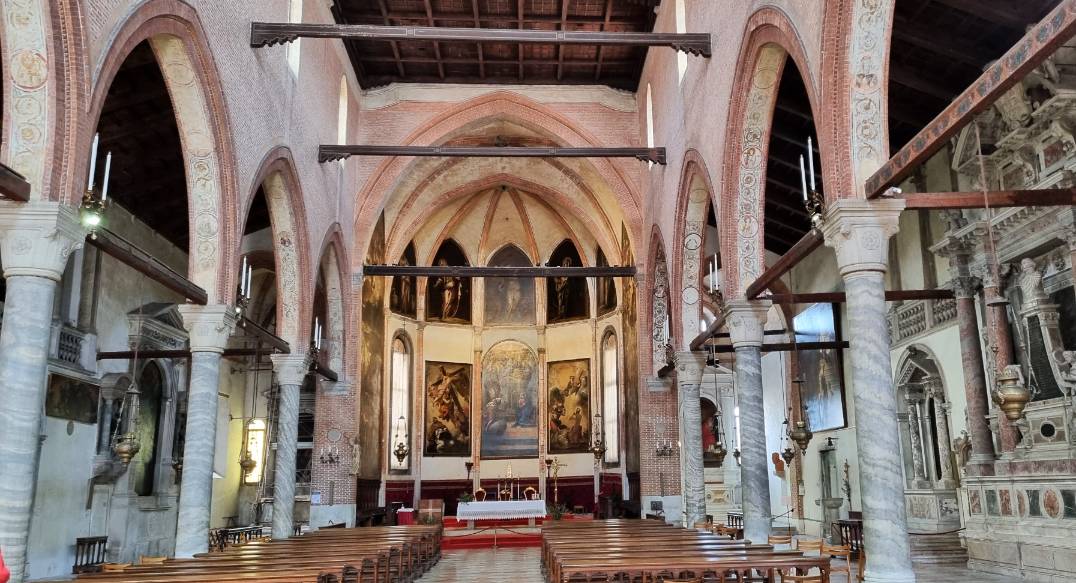
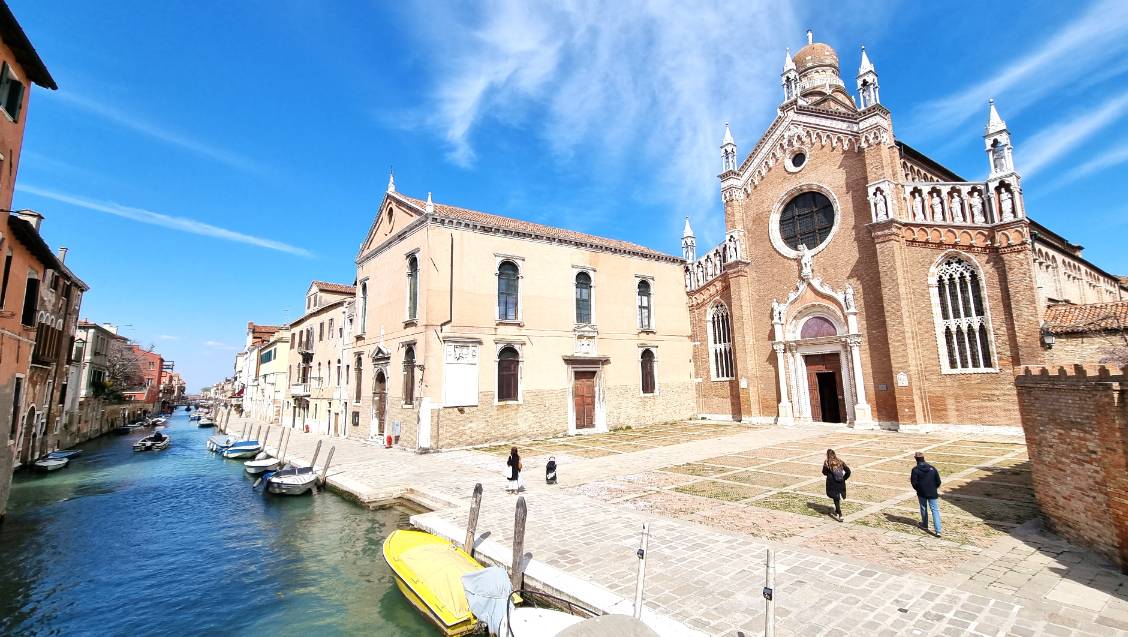
And there are churches too, with treasures within. Take the Madonna dell’Orto, for example. Cross the bridge and pad your way across a small square, open the big church doors and gaze at masterpieces within. Of course, Venice has an array of churches and galleries, but for art lovers, the pilgrimage to Madonna dell’Orto is rich in reward.
Renaissance art
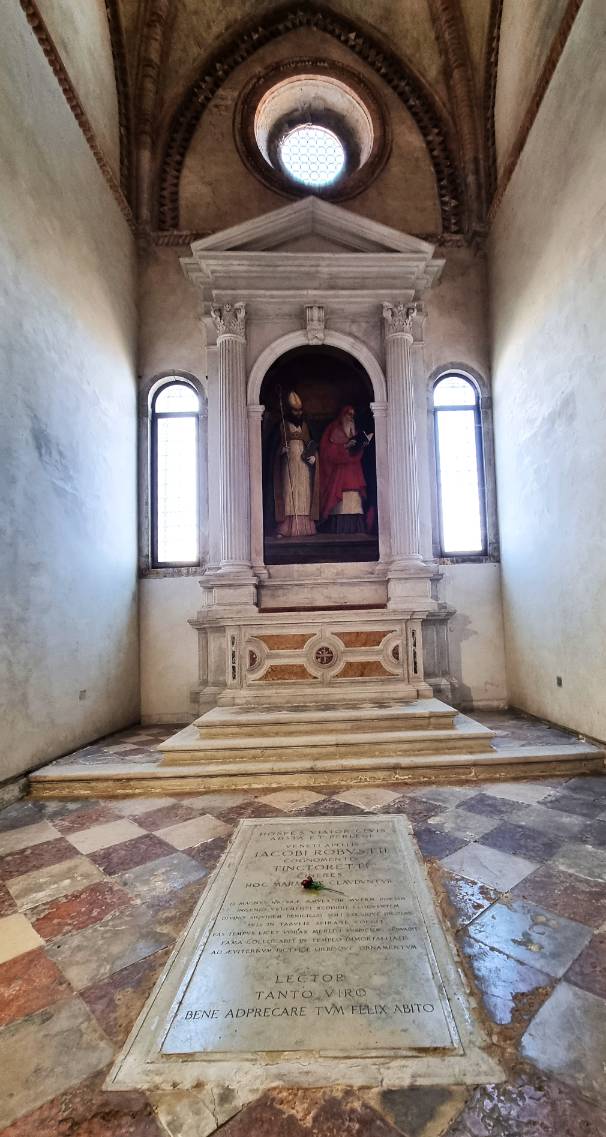
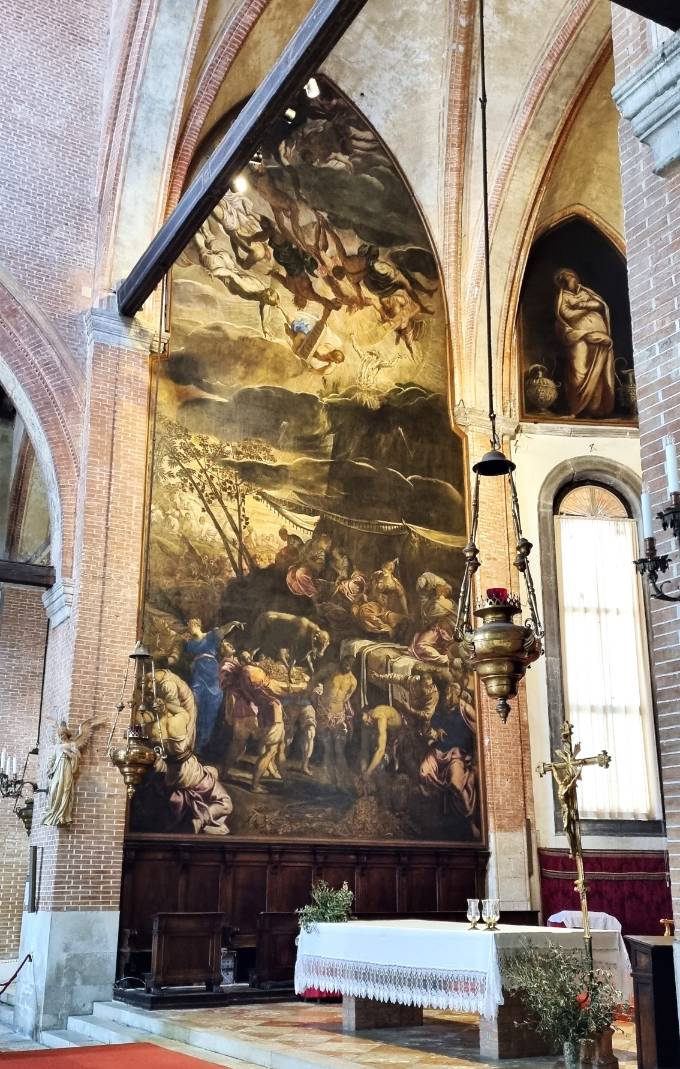
For a mere three euros, you have uninterrupted views of an interior that hosts the works of Venetian school artist Jacopo Robusti (1518-94), better known as Tintoretto. His presence is big; with large paintings around the grand altar and in chapels designated for silent prayer. And if you want to pay homage, his remains are interred in a side chapel.
While you will also see his work in other churches as well as the Doge’s Palace, his depiction of the Worship of the Golden Calf and the Last Judgement in Madonna dell’Orto are the largest paintings of the Renaissance period at 14.5m high, and were painted at ‘cost only’ for what was his local church.
Palazzo Nani
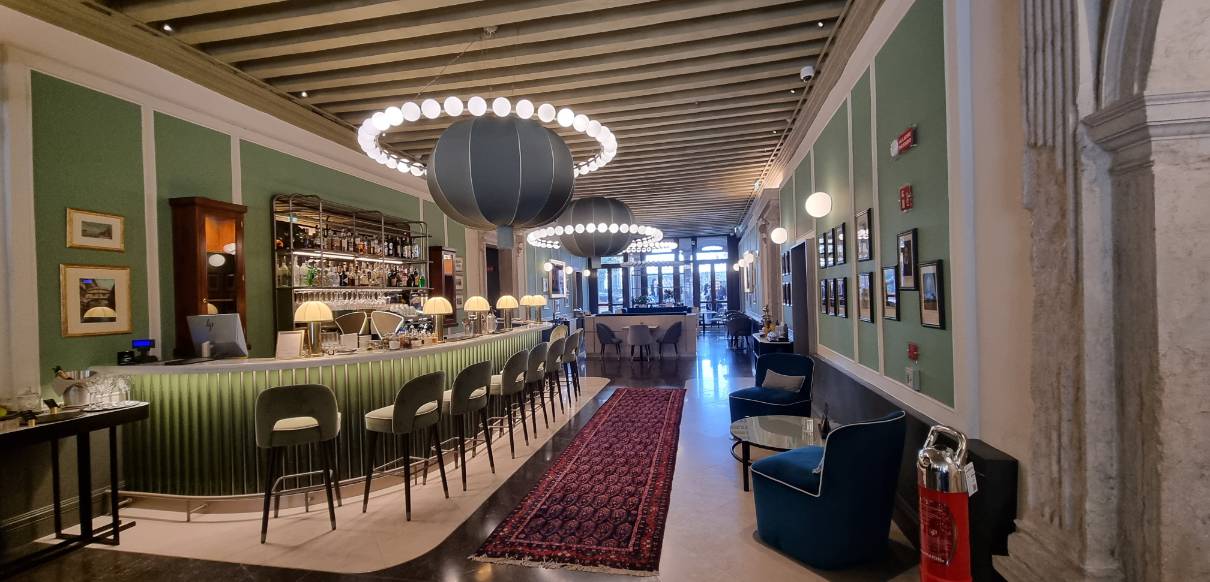

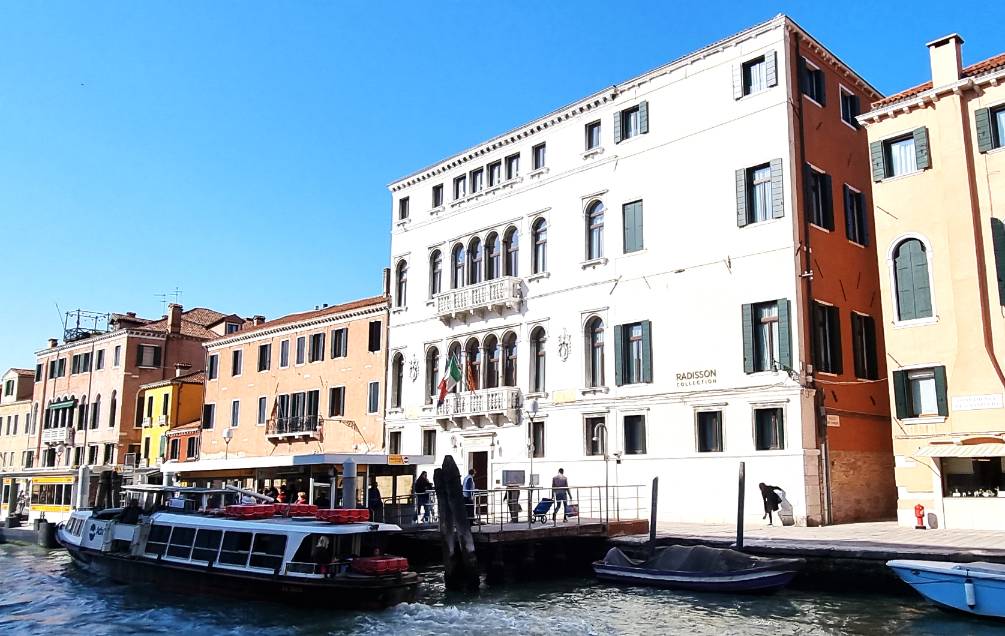

I stayed nearby at the Palazzo Nani, with its 52 beautiful rooms, each individually styled to retain the historic character of the residence. Built in the 16th century for the Nani family, who were engaged in the political, social, and cultural life of the city, it hosted their private art collection until 1810.
The hotel has views across the Cannaregio canal and a small garden to the rear, complete with redundant gondola. It also includes the Zoja Wine Bar & Terrace and, conveniently, the Vaporetto (public water bus) stops just outside.
Used by the Austrian army in the 19th century, and a school since 1934, the conversion into a five-star hotel was completed in August 2021 with special attention given to the preservation and restoration of the ornamental elements, and stuccos and paintings on the walls and ceilings. Many are attributed to the Italian sculptor Alessandro Vittoria, who remodeled the palazzo in the 1680s.
Cannaregio life

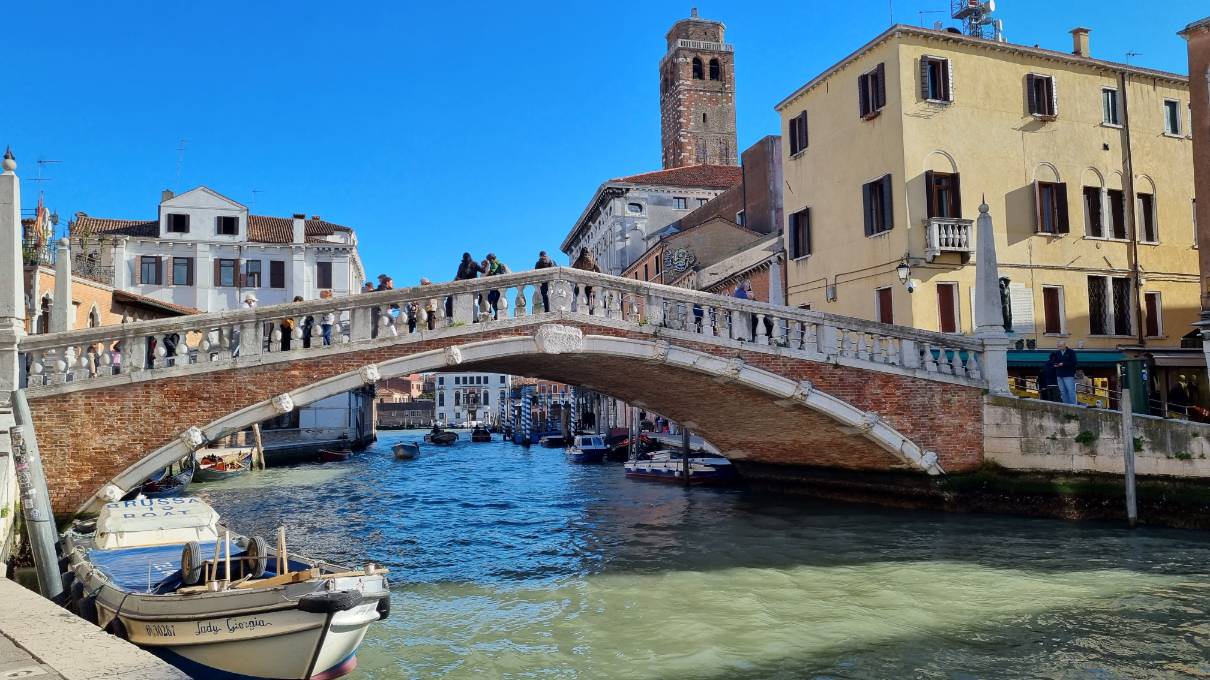
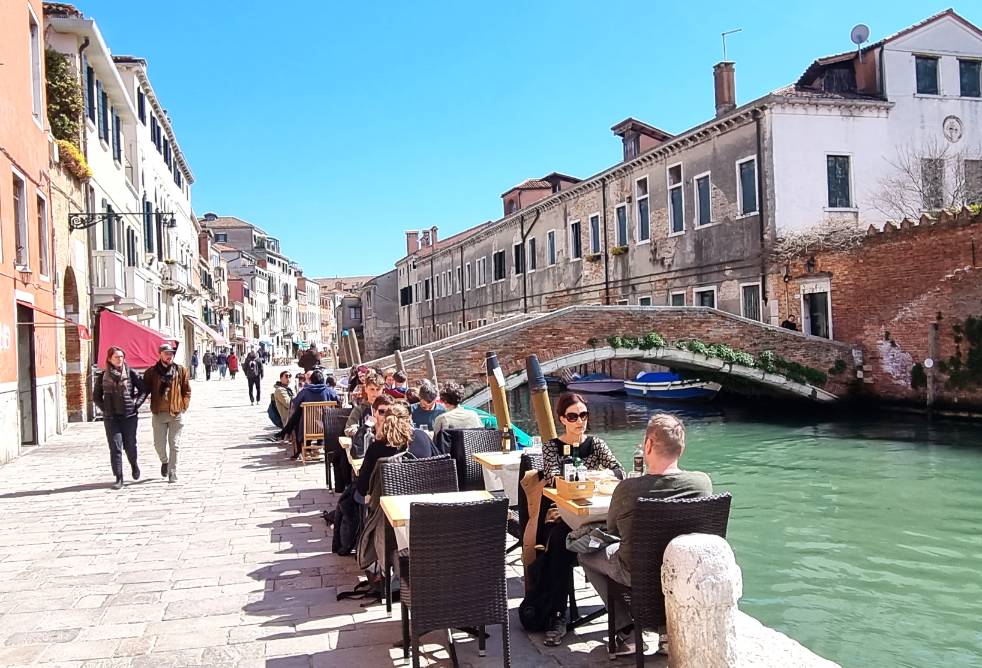

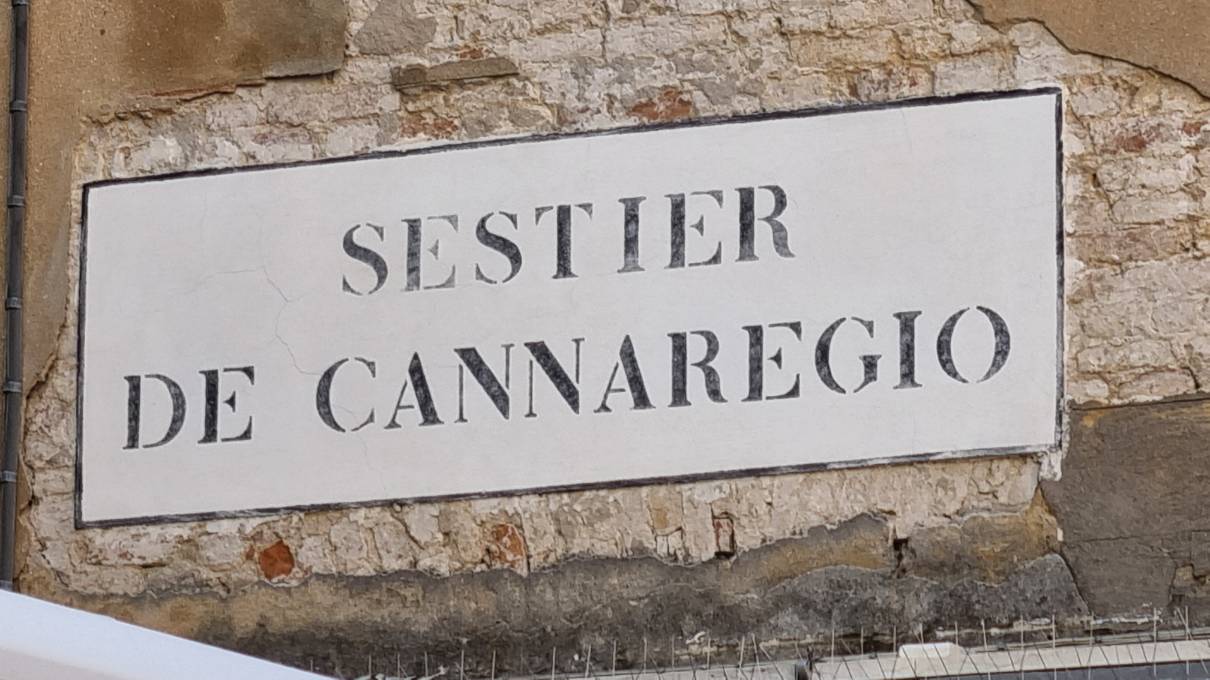
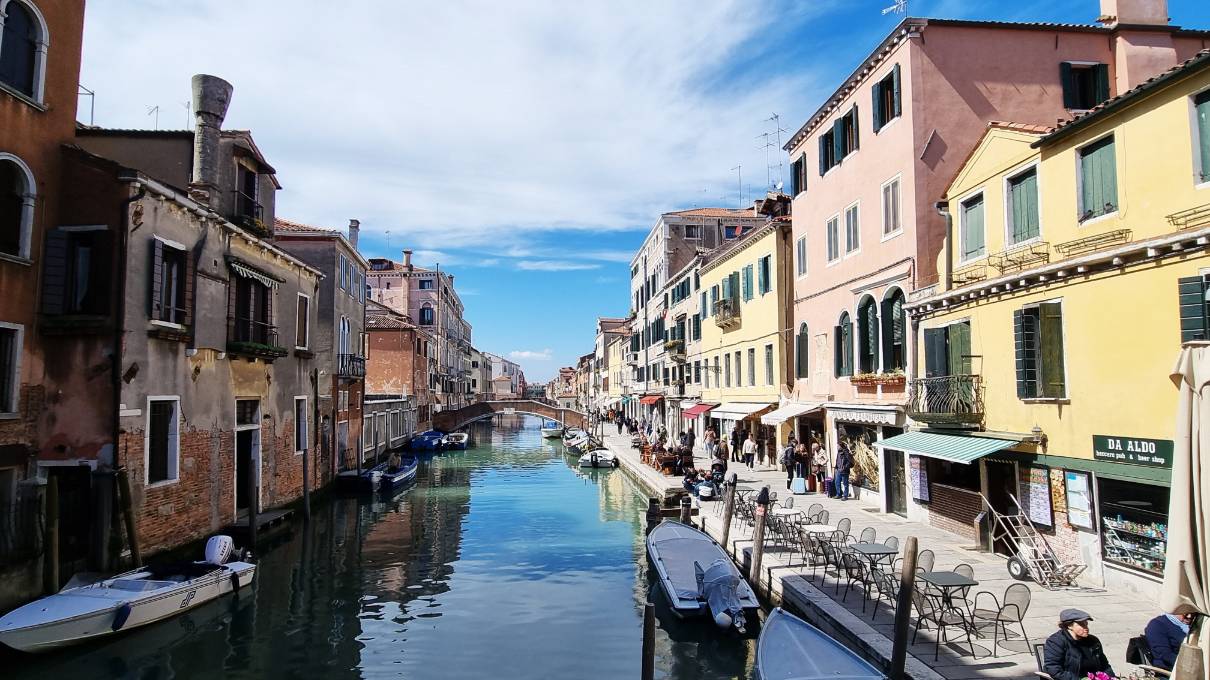
From the Palazzo Nani, a side route leads into the Jewish quarter (Campo di Ghetto Nuovo) where you’ll see laundry fluttering from windows, hear the shouts of schoolchildren in playgrounds and witness everyday Venetian life. It is when you walk through the alleys and alongside the canals of Cannaregio, that you begin to feel a different aspect of the Venetian ambience: small trattorias with men sat smoking over a glass of vino or a coffee and snacking on cicchetti (small plates of meatballs, crostini and sandwiches called tramezzini), or osteria with families enjoying a fish lunch.
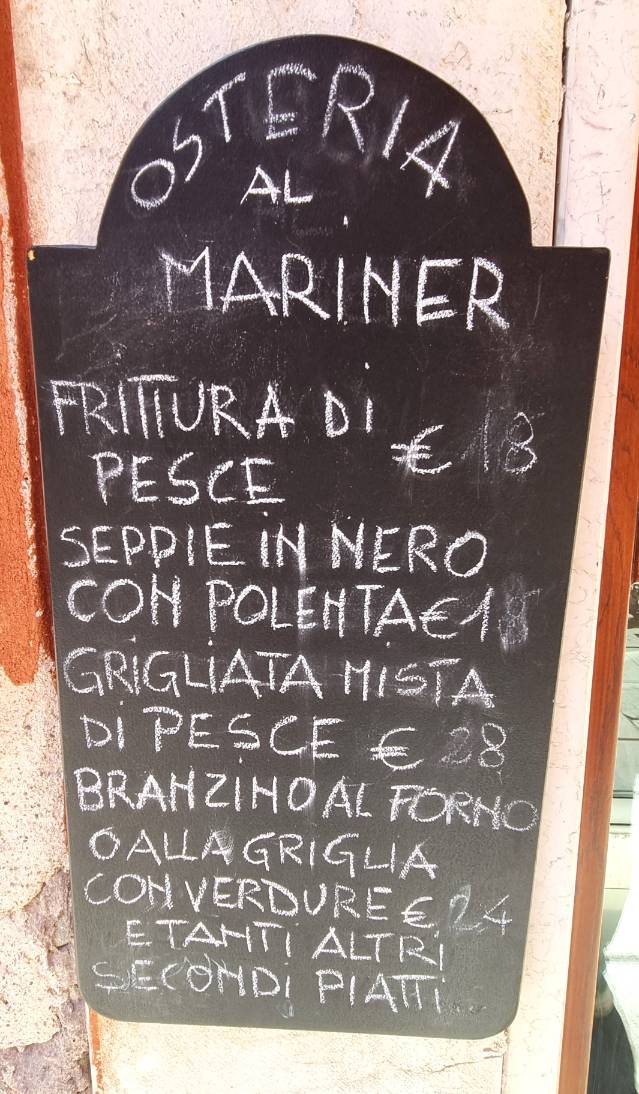
Set on the edge of Venice and off the beaten track, Cannaregio is one of the city’s hidden secrets but still easy to reach on foot. Pick up a good map, and chart a course through the labyrinth of alleys to mingle with real Venetian life.
Venice 360
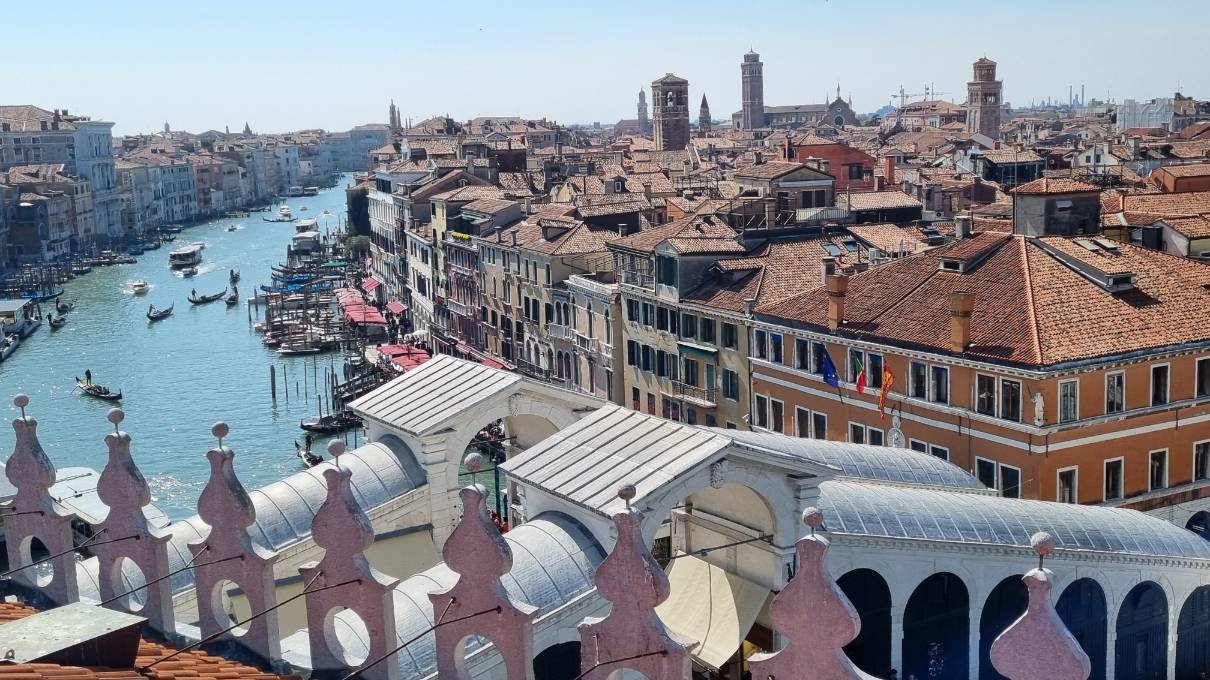
Elsewhere, you can climb to the rooftop platform of the Fondaco dei Tedeschi (FdT) for a wonderful 360-degree panorama of the city. The experience is free but must be booked in advance for a 15-minute slot but offers a birds-eye view towards Piazza San Marco and the domes of St Mark’s Cathedral, the Campanile, the Basilica dei Santi Giovanni e Paulo, the bell tower of Madonna dell’ Orto in Cannaregio in the distance, and the islands around Venice beyond with the Rialto bridge and Grand Canal in the foreground.
Personal scent
Yet Venice also has other discreet experiences to offer, such as the artisan weavers of Tessitura Luigi Bevilacqua in the Santa Croce district where the finest fabrics for furnishings and wall hangings for the grandest homes across Europe and elsewhere in the world are woven by hand on looms dating from the 18th and 19th century. Additionally, the Merchant of Venice perfumery near St Mark’s offering a fascinating insight into the history of perfume – and the chance to create your own personal scent.
But for a true feel of Venice, follow your nose, explore on foot, and absorb the serenity of Cannaregio. You never know what you may discover.
Find out more
Trips to Venice and throughout Italy can be booked through our Silver Travel Advisors on 0800 412 5678.











